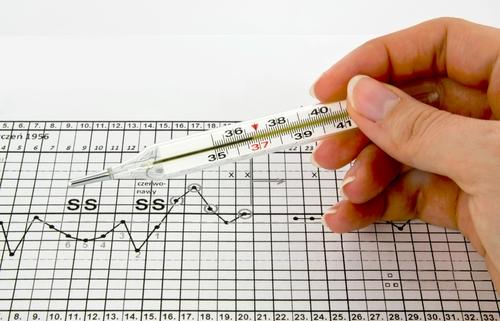
The only way to diagnose a pregnancy is with a positive pregnancy test. Everything else is pure speculation.
However, the Basal Body Temperature (BBT) curve can be helpful. The BBT curve is used to look retrospectively at the day you ovulated. Typically, the temperature rises within 1-2 days after ovulation and stays elevated until the menstrual period arrives. This is called a 'biphasic curve.'
If the BBT is elevated for more than 15+ days without a period, there is good probability that you are pregnant.
A 'triphasic curve' is a curve where the temperature rises again, often within 7-10 days after ovulation. There is no scientific proof that a triphasic curve indicates reliably enough that there is implantation and that you are pregnant.
A reliable way to diagnose a pregnancy is when you miss your period and the temperature is elevated for more than 14-15 days after ovulation. Before those 15 days after ovulation, it's close to impossible to know for sure whether you are pregnant or not.
If the BBT is elevated for more than 15+ days without a period, there is a good probability that you are pregnant. And a positive pregnancy test at that time will usually confirm the pregnancy.
Unfortunately, before those 14-15 days are over, there is just no consistent enough way to diagnose from the height of the temperature or from a triphasic curve whether you are pregnant.
Read More:
Why Am I Not Ovulating?
When Am I Most Fertile?
Pregnancy Symptoms: Early Signs You May Be Pregnant
